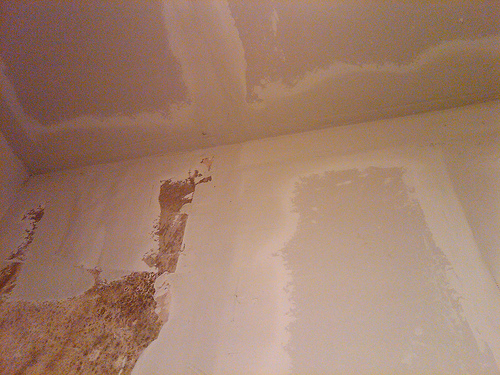[post_name drywall installation DIY - How to Repair Drywall Seams

There's a catch to drywall repair service that everyone need to understand prior to trying to "diy" for the very first time. Drywall repair is simple to do, but it is additionally simple a tremendously bad work. For this factor, a basic intro to drywall repair service products and devices is a fantastic area to start on your course towards patching as well as painting your home's interior architectural problems. However bear in mind, it's not simply practice that makes ideal, it is also knowledge, specifically in regards to drywall repair service. So proceed your research study and find out all that you can about drywall job prior to starting on your individual projects. Continue analysis to assess some common sector knowledge for drywall repair.Drywall Substance Additionally called drywall"mud ", there are 2 common kinds of joint compound made use of to fix as well as patch: light-weight as well as all-purpose. Both are very easy to collaborate with and also retain a room-temperature shelf-life of 9 months. The most crucial suggestion for getting drywall substance is to buy sufficient. For huge tasks, expect to buy 4.5 gallon bucket of material.For smaller jobs, you could escape a one gallon container, however you could be paying close to the same
quantity for a bigger pail. If you think you may have future work in the next 9 months, it is extra cost-effective to select the bigger container. Otherwise, choose the smaller sized amount so to not squander any material.Spackle and also Plaster Many individuals are puzzled concerning the distinction among drywall compound, spackle, and also plaster. The distinctions are subtle, and barelyobvious to the ordinary nonprofessional, but they do exist. Compound, joint substance, or drywall mud all refer to the exact same product, and also utilized mainly for bigger drywall and gypsum board jobs that call for even more sturdiness, particularly to cover joints in between panels.Spackle is very just like joint substance, but utilized primarily for small home repair works for plaster and drywall. Plaster is a sort of wall surface product discovered mostly in older or historical buildings. It is an extra taxing approach to wall repair work in contrast to spackle.Drywall Repair Tools You could acquire drywall fixing sets that have basically all the basics for drywall patching and repair work. Sets vary in quantity, dimension, and also rate, but usual ones normally consist of 2-3 flexible blades, an energy blade, an insider-corner blade, hammer, screwdriver, saw, drill, nails, and also screws. Yet drywall repair works likewise call for added products depending on the demands of the project, including: Compound Self-Adhering Mesh Tape Paper Tape Drywall 1x4 Block of Pine Timber Hand Sander Toenail Bar Level Hack Saw Sandpaper Miter Box Primer Paint Painting Brush or Roller You could purchase every one of the above-listed materials at any local hardware or residence enhancement shop. Ask a store assistant to
the weight off your shoulders by finishing the job faster, better, and also at a price that will not make you reconsider!
Drywall Repair Questions Answered by a Professional
There are a great deal of advantages of having drywall building and construction in your residence. Drywall is easy to install; it is affordable and has fire-resistant high qualities. The main thing is this kind of wall could be painted, backgrounded and textured as well, along with it is easy to repair.The upkeep
of completely dry wall surface is trouble-free and also Dry wall surface Repair work can be done by you. You don't should call specific people, it's that simple!When you are confronted with Dry wall surface Fixing troubles like fractures on the drywall, openings, damage with leak of water, problems of drywall tape, or damage on the ceiling, do not shed sleep. You could restore it and that too on your own!To repair work openings there is an extremely easy method. You will certainly need the basic repair service devices like additional drywall panel, sharp blades, joint substance additionally recognized as drywall mud, dimension range and also paint or structure matching your wall. Procedure the hole to be patched, as well as reduced dry wall surface regarding four inches bigger than it. Then, removed 2 inches from all 4 sides of the wall spot, using the determining scale and blade. Now, putting this spot over the opening cut the hole larger according to the dimension of the patch.Now all you require to do is layer the sides of the hole with joint compound and fix the patch into the hole. Give the complements like tidying up the added compound as well as leave the dry wall to dry. You must leave it overnight. Then use an additional coat of the compound as well as paint once dry.The fixing of splits is additionally a straightforward problem.

Is It Time To Do Some Repair Work On Your Drywall?
Drywall repair New Smyrna Beach - drywall
